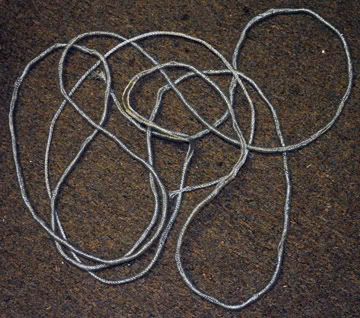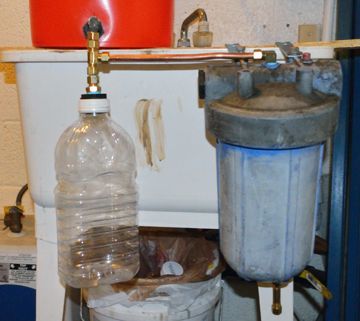Originally posted by Uncorruptable
View Post
The beer cooler is not a good condenser for this application. there is a minimal surface area between the cooling liquid and the substance to be child. A good condenser should have a lot of surface area in contact with the cooling medium , just like a car radiator or your window type aircon's aircooled condenser.






Comment